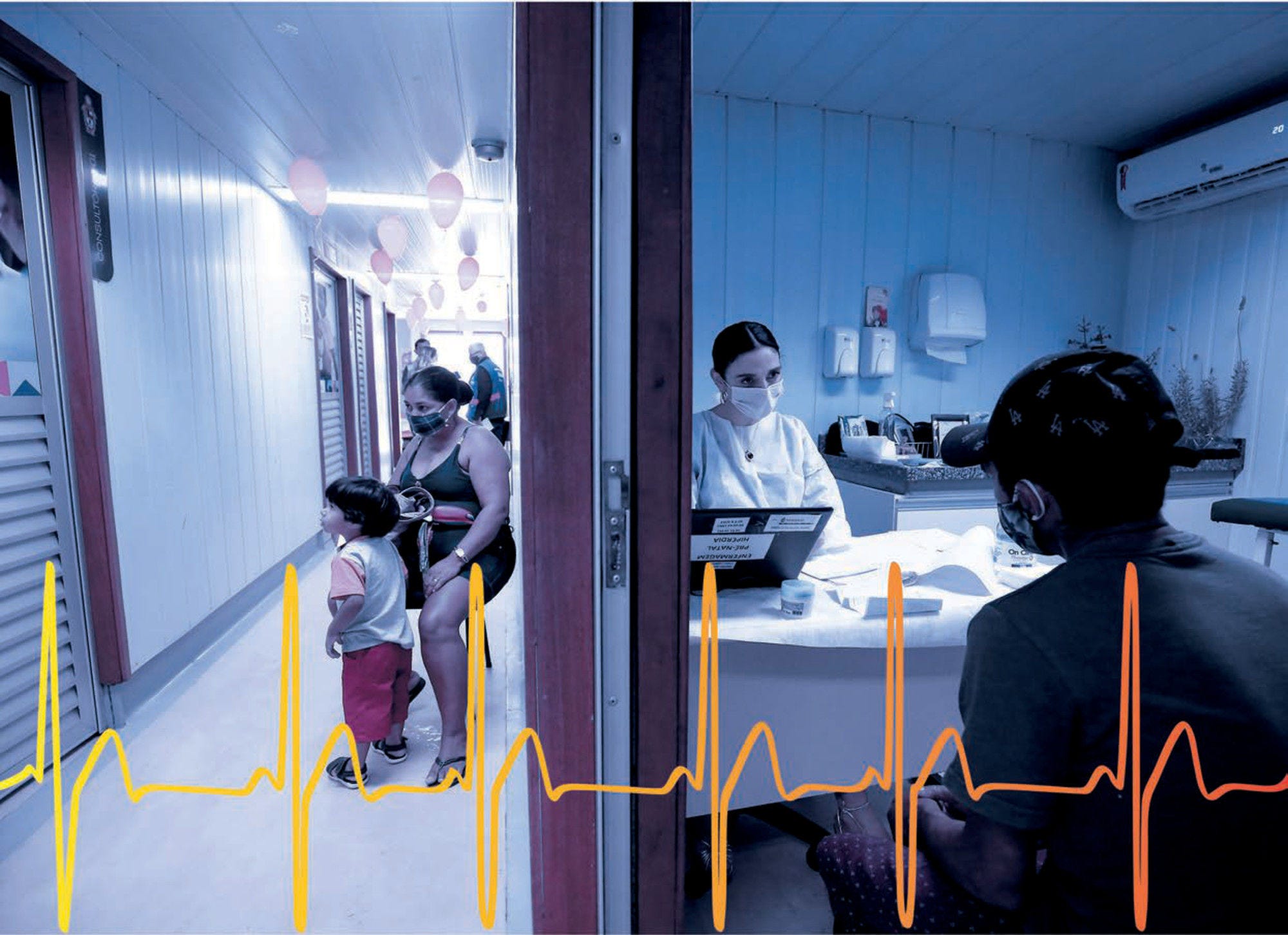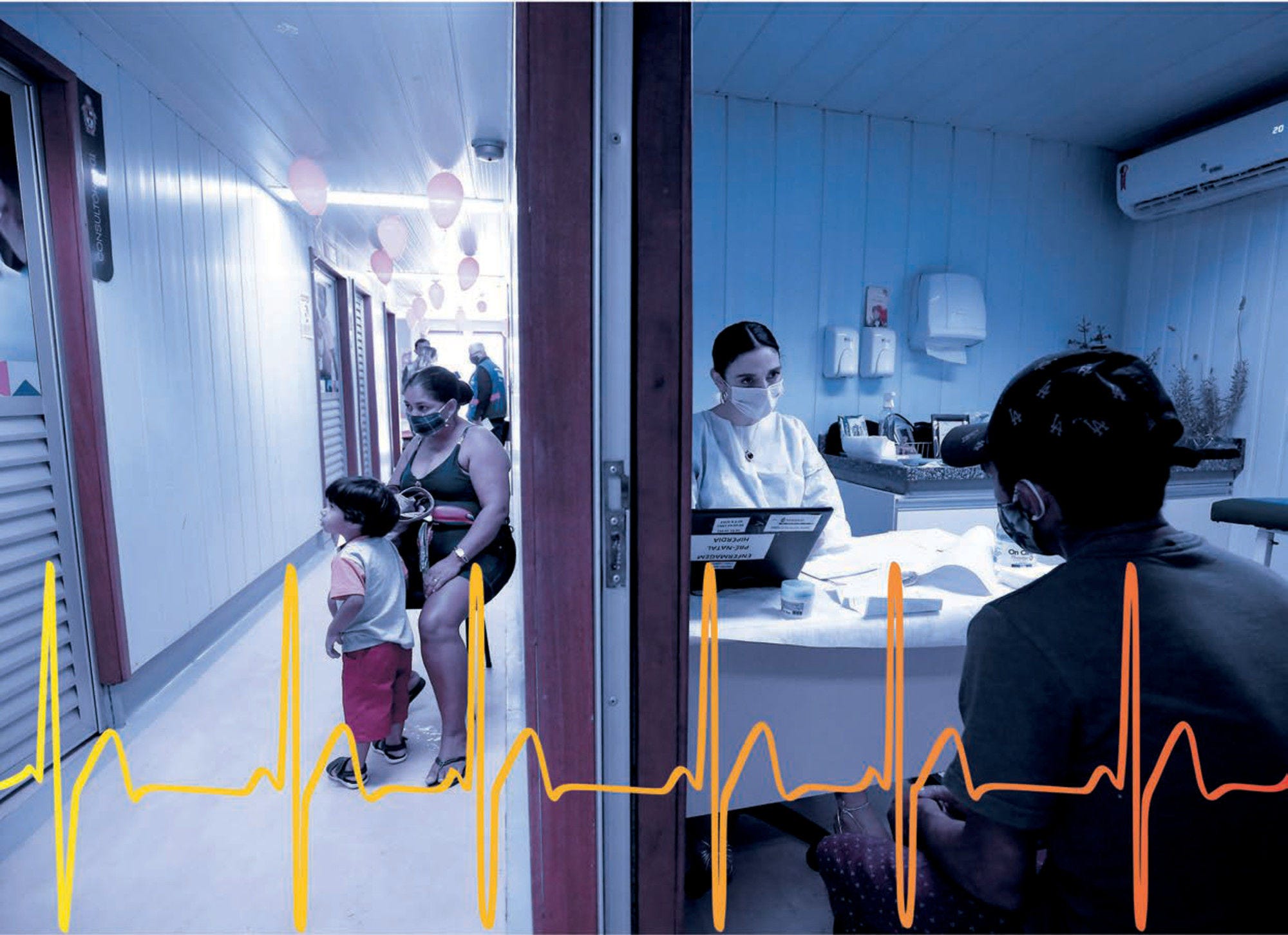The report analyses the performance of Lithuania’s health system which has been long characterised by its institutional stability and the steady pursuit of a policy agenda aimed at adapting it to the evolving burden of disease. Today, even if total spending on health is low and out-of-pocket payments represent nearly a third of it, the system ensures fairly equitable access to care. The main challenge to the system is that health outcomes still place Lithuania among the lowest ranked in the OECD. Efforts need to be geared more systematically towards strengthening public health and improving the quality of the services delivered at primary and hospital care levels.
OECD Reviews of Health Systems: Lithuania 2018

Abstract
Executive Summary
Since the re-establishment of the country’s independence, Lithuania’s health system has been profoundly reorganised. In the early 1990s, the system was exclusively public, centrally planned, financially integrated and hospital-centric. Ownership has since been diversified, reforms have sought to rebalance service delivery by developing primary health care and restructuring the hospital system, modernising payment systems, and introducing modern regulations.
Although spending is low, the system provides broadly adequate and equitable access to care. At 6.5% of GDP, Lithuania’s health spending remains below that of countries with a similar income per capita. In general, the laws and regulations in the Lithuanian health sector have proven effective in maintaining public health budgets within planned parameters. Projections indicate that spending is not expected to increase as quickly as in many other fast-ageing economies.
A well-run health insurance fund provides coverage to virtually the entire population. It contracts with autonomous providers, including an emerging private sector. The state guarantees and funds access to coverage for the economically inactive. This served as a powerful counter-cyclical financing mechanism when the 2008 global financial crisis hit.
Even if out-of-pocket payments represent nearly a third of health spending in Lithuania, the system broadly ensures access to care.
Admission rates and physician visits are well above OECD averages, unmet needs are just below the OECD average and differences across socio-economic groups are not stark.
Waiting lists exist for some specialised services but rationing is not a common feature of the system.
Ambulatory drugs are extensively funded through out-of-pocket payments and there are indications patients do not systematically use the cheapest medicines available. In 2014, only 2% of the population reported that they had not followed a prescription because of the cost.
In 2016, one in 4 of patients still declare paying informally for care, 10 percentage points less than four years before but among the highest proportions in the EU.
A more detailed diagnostic on possible barriers to access would require better data on waiting times and out-of-pocket payments for medicines.
The main challenge to the health system is that health outcomes still place Lithuania among the lowest ranked in the OECD.
Life expectancy at birth is nearly six years below the OECD average (close to the levels in Mexico and Latvia), and characterised by a larger gender gap than in any OECD country.
Chronic conditions account for the majority of deaths, and excess mortality due to cardio-vascular diseases and suicide are more than double the OECD average.
While the burden of disease is similar to countries in the region, some of them have achieved more rapid progress (e.g. Estonia, the Slovak Republic).
Many structural elements and policies are already in place in Lithuania to address these challenges, but the efficiency of spending and quality of service delivered in primary care, hospital care, and public health must improve rapidly.
Primary health care (PHC) is well developed and reflects best OECD practices.
PHC physicians work in teams with nurses – whose role is expanding – and are expected to provide care after hours.
Patients have to register with a gatekeeping PHC provider, and information is available on individual facilities’ performance to guide their choice of provider.
PHC providers receive a capitation payment combined with fees incentivising the delivery of preventive services, as well as a pay-for-performance element.
PHC’s capacity to manage patients care is improving, as shown by the decreasing proportion of patients hospitalised for some of the conditions which should, on the whole, be managed by PHC providers, such as asthma and congestive heart failure. However, absolute levels of hospitalisations remain high and the coverage of some preventive services, in particular cancer screening, is low. Care co-ordination also needs strengthening.
The health system remains too hospital-centric. Despite restructuring, Lithuania is still one of the countries with the highest number of beds (and hospitalisations) per capita in the OECD, and the bed occupancy ratio is below the OECD average in 85% of hospitals. Further, many facilities still perform very few surgeries and deliveries, which is inefficient but also carries a risk for patients, as facilities delivering lower volume tend to have worse outcomes of care.
Hospital contracting seeks to incentivise efficiency. In particular, diagnosis-related prices per case encourage the efficient use of resources within hospitals. Contracts are based on slowly decreasing volume caps to encourage a shift away from inpatient care, but day-case volumes are not capped to encourage this form of service delivery.
Two recent initiatives hold the potential to improve both quality and efficiency in hospitals. First, contracting for surgery and maternity is now limited to hospitals providing more than a minimum volume of services. Second, standardised pathways have been introduced for stroke and some myocardial infarctions, and specialised centres offer previously under-developed services. Further consolidation of the hospital network requires more active planning of service delivery across municipalities and reducing the influence of local governments in decision-making.
Finally, a sustainable reduction in the burden of disease requires additional investment in public health. Curbing unhealthy behaviours, such as harmful drinking and smoking, particularly among men, is necessary to close the gap with high performing OECD countries. The importance of public health is recognised among decision-makers, but more systematic efforts are required. Health features as a prominent inter-sectoral priority across Lithuania’s strategic planning documents, and the health strategy emphasises the importance of tackling health determinants and reducing inequalities. At the same time, stakeholders are not effectively held accountable for progress on public health, and actual initiatives tend to be small-scale, seldom evaluated and short-lived.
Across the sector, further investments will be needed to accelerate progress on outcomes. These will need to be systematically directed towards high-impact interventions. There is remarkable consensus among stakeholders in Lithuania behind priorities which are aligned with the burden of disease and reforms which are conducive to achieving these objectives, but more decisive and better sustained efforts are needed.
Priority areas to improve health outcomes include:
Further pursue and deepen efforts to rationalise the use of hospital resources and rebalance service delivery, with greater emphasis on care co-ordination and mental health at PHC level;
Invest effectively in public health to tackle risk factors, notably harmful alcohol consumption;
Develop a quality assurance culture to better measure results and hold stakeholders more explicitly accountable for improving them;
Scale up the system’s capacity to evaluate the impact of policies and understand the reasons for their success or lack thereof.
In the same series
Related publications
-
 21 November 2024
21 November 2024 -
 16 September 2024
16 September 2024 -
30 July 2024









